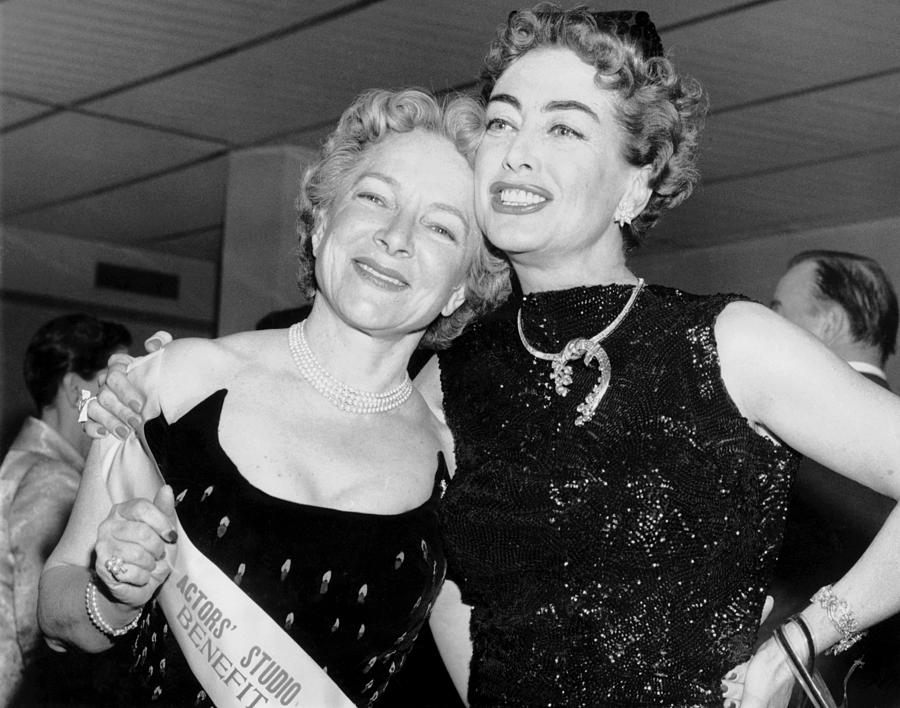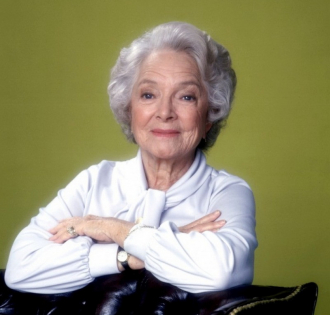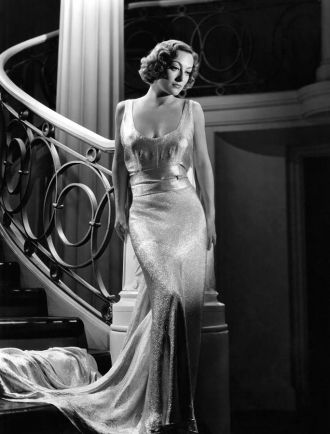Joan Crawford and Helen Hayes
A photo of Helen Hayes and Joan Crawford
Date & Place:
Not specified or unknown.


 Amanda S. Stevenson
Amanda S. Stevenson 



